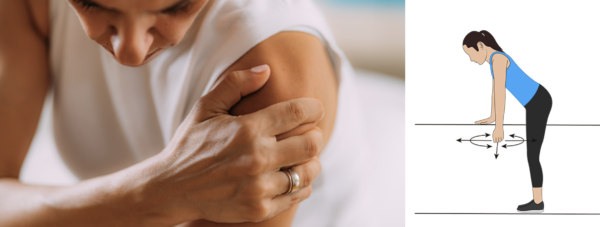Case: A tourist 40-year-old Japanese female restaurant owner called to make a schedule for her carpal tunnel syndrome. A repetitive-motion work injury causes her problems. She had been diagnosed with Carpal Tunnel Syndrome (CTS). Her primary physician wanted to schedule surgery, but she came to travel, so the surgery was postponed.
⚡️ During my observation, the right side is worse than the left. The pain covered the right hand, including the thumb and first two fingers. She has pain in the right lateral elbow. She refused any tingling and numbness in her fingers. She said that initially, she felt tingling and numbness, but now, no more.
Physical Exam
The Phalen’s test, Reverse Phalen’s (praying), and Tinel’s test (taping on the wrist) are negative; her thenar eminence is no sign of atrophy. When I asked further about what examinations were done, she said the orthopedist had used Electromyography (EMG) for diagnosis and mention of CTS.
The Treatment
❤️ I treated her with Electro-Acupuncture to reduce pain and spasms in her forearms and wrist muscles and prescribed stretching exercises daily. She loves messages, so I suggest she get neck/shoulder and whole arms messages 1-2/week.
Her pain quickly resolved after three treatments, and she continued getting Acupuncture a total of 6 times while she was still traveling in the area for two weeks.
When she returns to her country, I recommend that she continue with a stretching routine, Acupuncture for supportive care at least once or two times/a month. I also explained that her tension in the forearm causes the problem with the wrist. The surgery is not necessary if she can manage her pain with noninvasive treatment first.
The Conclusion
It is crucial to approach the diagnosis of wrist pain with caution, ensuring that true carpal tunnel syndrome is accurately identified. By doing so, individuals can avoid unnecessary surgeries and explore alternative treatments, such as Acupuncture, which have proven effective in eliminating trigger points and alleviating symptoms.
I have seen only about 10% in the clinic with actual carpal tunnel, which is caused by structural malformations that compress the median nerve. For example, a wrist fracture or inflammation from arthritis can crowd the area, which might need more invasive treatment.



